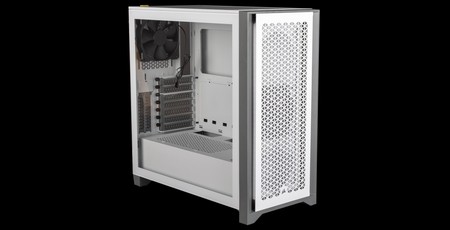
Performance Analysis
The 4000D Airflow got off to a rough start not on account of thermals but by dint of its front dust filter being too loose, which meant the front fan would partially suck it into its orbit, creating a nasty noise as the blades constantly rubbed against the material. We informed Corsair and were told the usual story about it being a pre-production issue. Fortunately, Corsair had sent us both the 4000D and the iCUE 4000X RGB, and neither of the filters on those cases had the issue. This makes it easier to give Corsair the benefit of the doubt, and it now has its QC teams looking out for the problem on the production lines. Nevertheless, it was unfortunate to see, and if you buy the case and have the same issue you’ll be wanting to get in touch with Corsair directly for a swap.
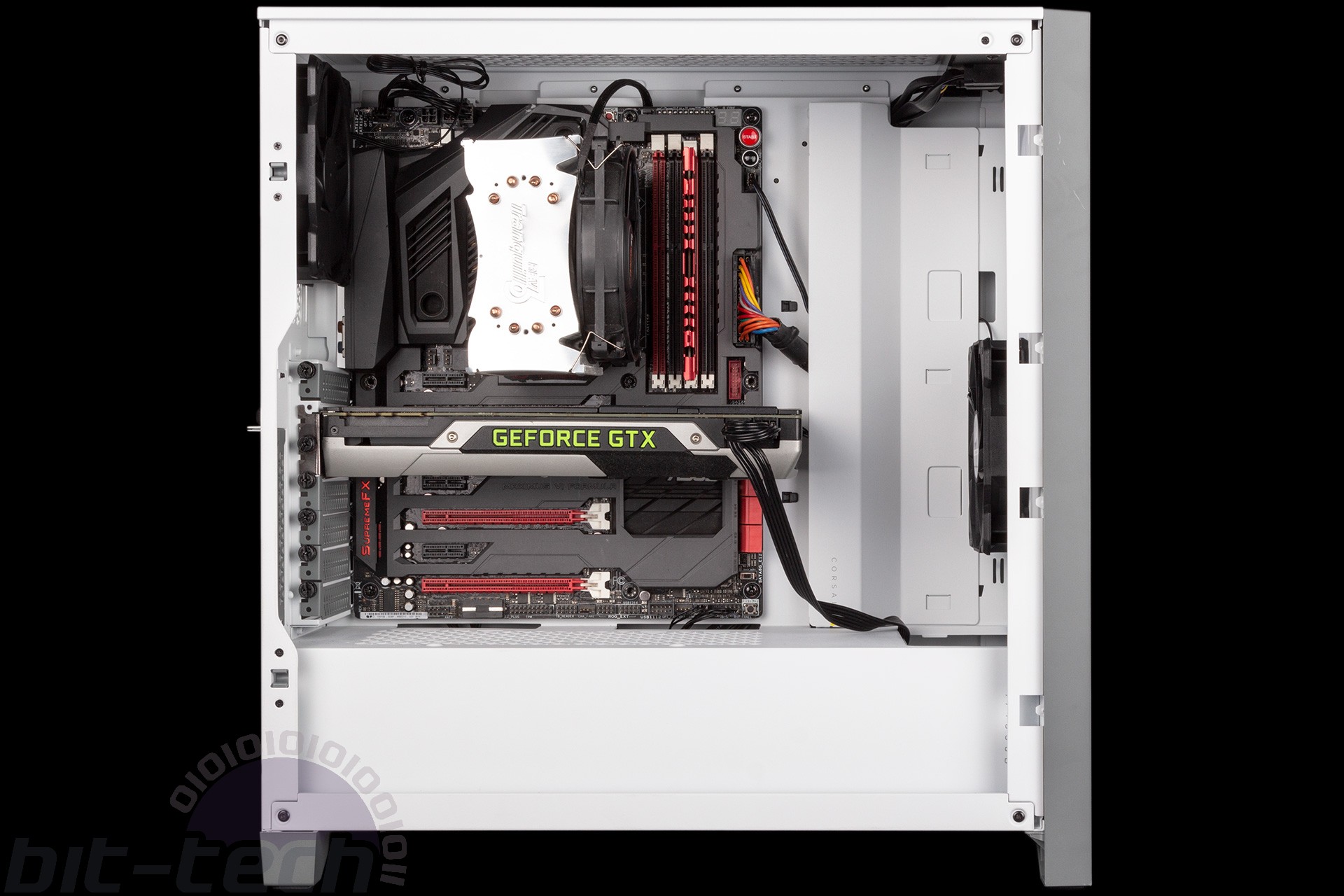
For full transparency, the results for the 4000D Airflow come from using one of the tighter dust filters. We also left the test system in the 4000D Airflow for the 4000D and iCUE 4000X RGB results, changing the front panels and fans as necessary to replicate the alternative layouts rather than rebuilding the test system repeatedly.
The 4000D Airflow results are good for both the CPU and GPU; for both measurements the result is a tad better than our open test bench result, demonstrating good effectiveness of the AirGuide fans and the ventilated front panel. The mid-tower dimensions will also be beneficial, as airflow is easier to maintain in a more confined space compared to larger cases. Noise-wise, the two AirGuide fans are fairly quiet overall even at full speed.
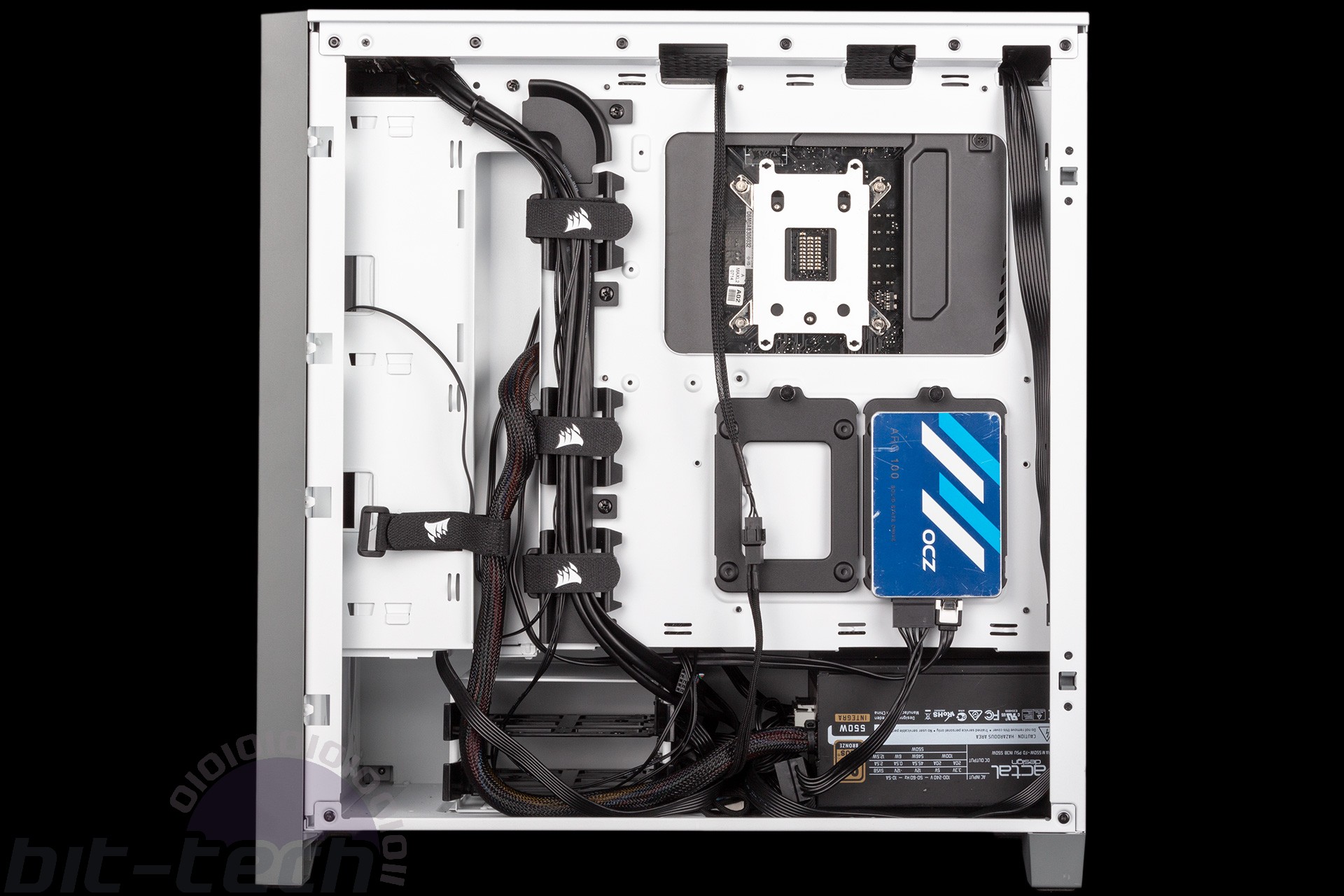
Switching the front panel has a tangible impact on both thermal results, especially the CPU. Fortunately, there’s still enough airflow to keep things mid-league, so we’re satisfied that the case is “safe” for most users, but you will definitely notice higher fan speeds from your coolers using the 4000D, possibly negating any noise reduction from the front panel or maybe even making things louder. Similarly, the solid glass front panel really hampers the performance of the iCUE 4000X RGB case. Even though it has three (slightly faster) intake fans, it also lacks active exhaust airflow and isn’t significantly cooler than the regular 4000D despite being a bit noisier. Note that the iCUE 465X RGB has a similar airflow arrangement and does better, likely as a result of having more ventilation around its front panel.
Conclusion
The Corsair 4000D Airflow strikes us as a very safe launch. The company isn’t attempting to reinvent the wheel here, and there isn’t much by way of innovation or stand-out features. That should in no way imply that it’s a bad product, however. Instead, you get a nicely made case with modern features, a user-friendly design, and out-of-box airflow that delivers a decent noise:performance ratio. With adequate clearance levels and hardware support, it’s a good contender for an off-the-shelf case to pair with hardware for a new build, and it’s one you can have up and running (and looking tidy) in little time. It may struggle to stand out given how crowded the market is, but timing the launch with Nvidia’s RTX 3000 series may prove to be a wise move. The pricing also feels fair for what’s on offer, and the 4000D Airflow earns the Recommended award below as a result.
The 4000D is harder for us to recommend outright given the solid front panel’s obvious effect on thermals. Still, if you much prefer the cleaner look, it’ll be safe as long as you make sure your CPU and GPU coolers are up to scratch and you don’t mind a little extra noise coming from them. Finally, the iCUE 4000X RGB strikes us as a relatively good value chassis for any RGB aficionados – again, it’s important to be aware of the airflow limitations and plan around them and maybe consider the iCUE 465X RGB instead.


MSI MPG Velox 100R Chassis Review
October 14 2021 | 15:04

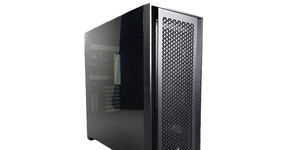
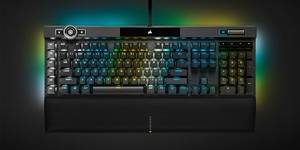
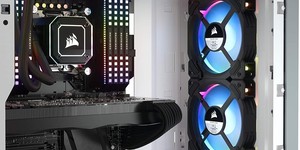





Want to comment? Please log in.